Orthopedic Care for Children with Cerebral Palsy
Here’s your finalized blog post tailored for Child OrthoCare, focusing on orthopedic care for children with Cerebral Palsy (CP). It’s structured for web readability, parent clarity, and SEO-friendly headings. Helping Every Child Move Better, Live Stronger Orthopedic Support for Children with Cerebral Palsy Cerebral Palsy (CP) is a neurological condition that affects movement, muscle tone, and posture. While the root cause lies in the brain, many of the daily challenges children face are orthopedic—impacting how they walk, move, sit, or even grow. At Child OrthoCare, we specialize in helping children with cerebral palsy gain more comfort, mobility, and independence through compassionate, expert orthopedic care. Understanding CP and Its Orthopedic Impact Cerebral palsy interferes with how the brain communicates with muscles. This often results in: Common Orthopedic Issues in CP: These challenges can worsen with age if left untreated—making early orthopedic care essential. How Pediatric Orthopedic Care Helps Orthopedic specialists play a key role in managing bone, joint, and muscle issues caused by CP. At Child OrthoCare, we partner with neurologists, physiotherapists, and occupational therapists to create comprehensive, child-friendly treatment plans. Orthopedic Treatment Options for Children with CP 1. Physiotherapy & Stretching 2. Orthotic Devices (Braces & Splints) 3. Botox Injections (Botulinum Toxin) 4. Serial Casting 5. Surgical Interventions Surgery is carefully timed, often after major growth spurts, and is focused on function, not just appearance. When Should You See an Orthopedic Specialist? Consult a pediatric orthopedic expert if your child: Has stiff joints or muscle tightness Drags one leg, walks on toes, or struggles with balance Cannot sit, crawl, or stand at expected ages Shows abnormal posture or spine curvature Has unequal leg lengths or unusual foot shapes Complains of joint pain or walking difficulty Early evaluation can prevent long-term complications and improve your child’s quality of life. Why Choose Child OrthoCare? Led by Dr. Nargesh Agrawal, we offer: We treat more than symptoms—we support your child’s full potential. Final Thoughts Cerebral Palsy may present physical challenges—but with timely orthopedic care, every child can move better and live stronger. Whether it’s improving walking, posture, or comfort, you don’t have to do it alone. Book a CP Orthopedic Evaluation Today If your child has CP and you’re concerned about their movement, posture, or joint health, let us help. 👉 www.childorthocare.online/contactOr call us to schedule an appointment with Dr. Nargesh Agrawal. Building better movement—one child at a time. Let me know if you’d like a social media caption, short video script, or parent checklist version of this post.












